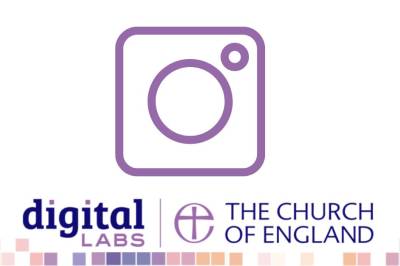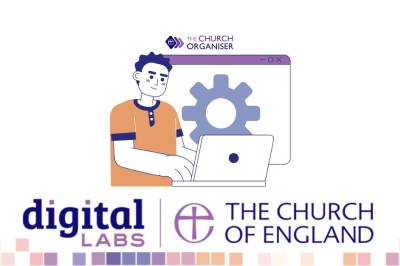31/05/2023
In order to communicate with the people in your church community, you need their contact information, but this information can be difficult to collate and manage. Do you have all your church community’s contact details in one secure location? If someone arrives or moves away, how quickly is your system updated to reflect this? Do you even have a system at all?
You can save yourself a lot of time down the track if you take the time now to set up a contact management system that will grow and evolve with your church. Here are some ideas to get you started.
It is important to think about how you store people's information safely, that you have permission to store it and that you're able to amend and remove people's details properly when they ask for it. We've included some tips in this article, but for full advice on GDPR, see this guidance.
Work out what information you need to gather
Determining what specific contact details you need is the first step. First name, surname and email address are a given these days for basic communication needs, but do you also want to collect phone numbers? Home addresses? Volunteer history data?
It is important to know what information you need for your communication channels to function well, but also know that individuals in your community may not want to provide all that personal data.
Select and setup your contact database tool
There are two main options for creating a database of contact information:
-
Excel: create a basic spreadsheet with columns for each type of information (first name, surname, email address, phone number, etc.). This is easy for anyone to update and good for smaller-sized communities, however it can be less secure.
-
CRM software: CRM stands for Customer Relationship Management, and lots of different types of organisations (both for-profit and non-profit) use this kind of software to manage their contact information. This is a good option if you have a larger-sized community, plus it keeps your data secure as you need to login to use it. There are many different companies that offer CRM software, some are free to use and others are pay to use.
You also need to think carefully about who has access to your contact database. Access should be strictly limited to those who need it to perform vital administrative tasks. If you choose to use Excel rather than a CRM system, the spreadsheet should be password protected in order to protect the data it contains. Also, before you start using your database, must have a privacy policy and data protection policy, demonstrating to the congregation how their data will be looked after, how often it will be updated, how a data subject request will be managed, what will happen if there’s a data breach.
Gather the contact information
You may already have your church members’ contact information in various different forms and locations. If so, it is simple to enter this information into your new contact database.
If you do not yet have your church members’ information stored anywhere, you will need to gather it somehow. This could be done via a physical or digital survey. You can then input the information you gather into your new contact database.
When collecting data, it must be clear to the individual congregation members about why you are collecting their data and what you will use it for. They must give specific consent for you to communicate with them via the channels you use (e.g. email).
Maintain your database
Once you create your database of contact information, you need to maintain it. Otherwise, the information in it may become outdated very quickly! If you hear that someone’s details have changed, it is best to update the database immediately. It is good practice to go through your contact database once a month to check for any errors. You could also do an annual check-up where you ask your community to send you their updated details for you to update the database in case anything has slipped through the cracks!
People must have the ability to opt out of communications at any time, or request that you remove their data from your database (to comply with their ‘right to be forgotten’ under GDPR). Make sure you have worked out how you will be able to quickly remove people on request.
- Laura Bligh, CRM and Analytics Manager


